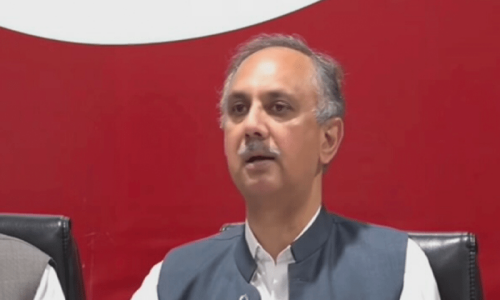From the glaciers of the mighty Himalayas to the denizens of the deep Arabian Sea, all the various fauna and flora and everything related to the country’s natural history can be found under one roof: the Pakistan Museum of Natural History in the Shakarparian Hills.
Established in 1976, the museum originally inherited fossils and preserved specimens of around 10,000 species from the Indian Zoological Department. These were collected by scientists and officers of the British Raj. Today, the museum boasts a database of 600,000 specimens, available to researchers and scientists.
The museum obtained its current premises in 1990. Although the main display area in still under construction, the displays have been relocated to the research laboratory’s halls in the meantime.

For many visitors, especially children, a visit to the museum is an exciting adventure. “I was very excited to come to the museum after watching the film A Night At The Museum, but the items on display are very limited,” said Mohammad Zafar, a 15-year-old student.
The museum divided into four sections: Botanical sciences, Earth sciences, Zoological sciences and public services. The three science divisions are engaged in collection, identification and research into types of plants, animals, fossils and minerals. The public services division is responsible for educating the masses by putting up various displays, exhibits and dioramas.

The museum recently introduced the Virtual Orientation Gallery, allowing visitors to take virtual tours of the Paleo, Eco, Gemstone, Biodiversity and Tethy’s galleries without having to walk around the entire museum.
From exhibits depicting early man and the way he lived to interactive installations showing the workings of a volcano, as well as a special seismic simulator that allows visitors to experience the tremors of an earthquake; there is something for everyone.

Rahat Saeed, operational manager at the museum, told Dawn the museum’s primary objective was the collection, identification and cataloguing of natural specimens through field study. This would serve to develop a national repository of plants, animals, rocks, minerals and fossils, that will be beneficial for further scientific studies.
“Our researchers have carried out studies on butterflies as far afield as the snowy peaks of Deosai,” he boasted.
Published in Dawn, April 10th, 2016













































